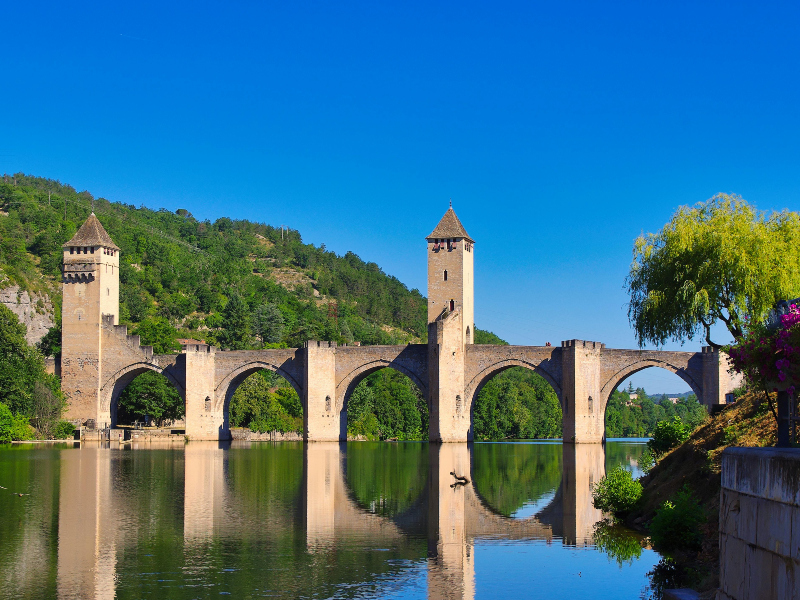The Lot department's amazing architectural heritage

Nestled in the heart of southwest France, the Lot department offers a rare convergence of history, culture, and architectural grandeur. For those with an appreciation for refinement, Lot's built environment presents a harmonious blend of mediaeval majesty, rural sophistication, and Renaissance opulence, making it an exceptional destination for discerning travellers and investors alike.
Mediaeval grandeur: Fortresses and Bastides
The mediaeval fortifications of Lot are among its most prestigious features. The towering Château de Castelnau-Bretenoux, with its imposing silhouette and meticulously preserved walls, stands as a testament to the power and nobility of its era. Likewise, the bastides, such as Puy-l’Évêque and Gourdon, are fortified towns that have retained their historical integrity. With their intricate stonework, elevated positions, and panoramic views over the Lot valley, these fortified structures evoke an unparalleled sense of history and prestige.
The architectural mastery of these castles and villages lies in their durability and the way they fuse with the natural landscape. High-quality local limestone and careful craftsmanship have allowed them to stand for centuries, offering a tangible connection to France’s illustrious past.
Quercy farmhouses: Rustic luxury
The famous Maison Quercynoise, or “Quercy” house, is a hallmark of Lot’s architectural landscape, combining rustic charm with understated elegance. Typically rectangular in shape, these houses usually feature three rooms on the first floor, accessible by an outside stone staircase that leads to a modest balcony, or bolet. The ground floor, often on one level or slightly below, was traditionally used for practical purposes such as stables, shops, or wine cellars. This style, common across the limestone plateaux of Quercy, was often owned by farmers who had a small plot of land and a few animals. Wealthier farmers might have larger Quercy homes with annexes and one or two dovecotes, or pigeonniers, crafted with the same high-quality limestone and traditional techniques. Today, many of these farmhouses have been tastefully restored, seamlessly blending original features with modern amenities, thick stone walls, terracotta roofs, and graceful dovecotes. Offering a refined country escape, these homes embody Lot’s rural elegance, making them ideal retreats for those seeking authenticity, charm, and comfort in the heart of nature.
Renaissance splendor: Cahors and beyond
The Renaissance left its mark on Lot, most notably in the town of Cahors. The Pont Valentré, a UNESCO World Heritage Site, is a masterpiece of mediaeval engineering and Gothic design. Meanwhile, the Cathédrale Saint-Étienne de Cahors is a jewel of Romanesque and Gothic architecture, with its soaring domes and intricate carvings representing the artistic heights of its era.
Lot’s architectural landscape offers more than historical beauty—it presents a lifestyle. From grand mediaeval estates to Renaissance landmarks, this department remains a sanctuary for those seeking both cultural richness and exclusivity.
Browse the latest properties for sale in the Lot here.





